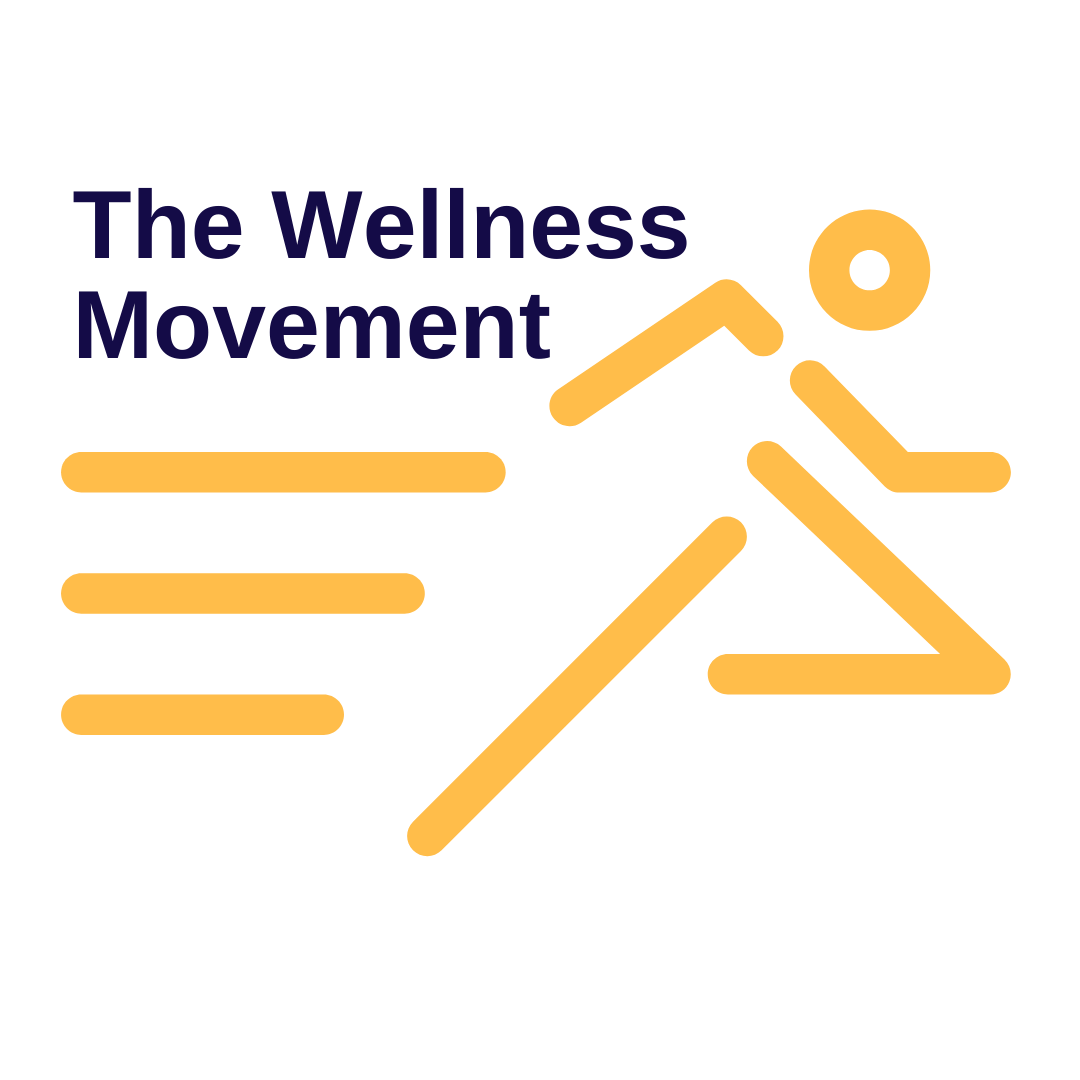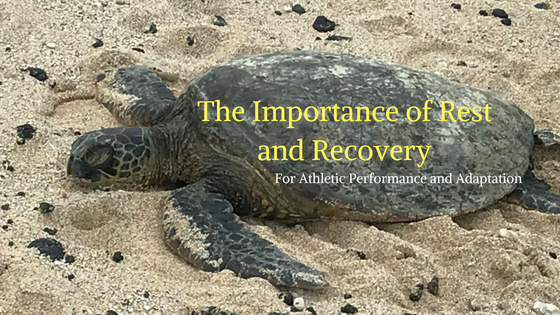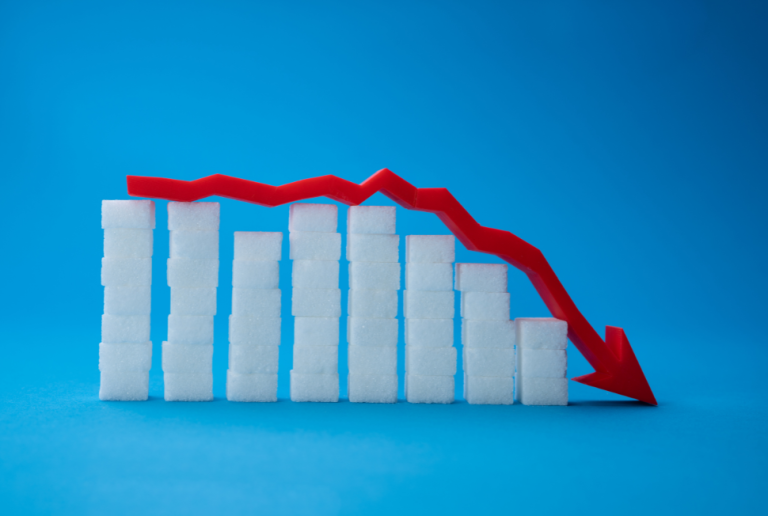The Importance of Rest and Recovery for Athletic Performance and Adaptation
By Cindy Abrami, NASM-Corrective Exercise Specialist, UESCA Running and Multisport Coach and holds a BS in Nutrition
Do you struggle with getting enough and proper rest during your training? In other words, do you feel like you’ll lose crucial, hard fought-for fitness if you take rest days? Do you feel like you’ll gain 5 pounds in a day if you don’t burn that extra 1000 kcals? Do you feel guilty for taking a day off or feel like you’re giving away your edge to your competition? If so, this is for you! You’re welcome!
Scientific evidence (not to mention common sense) makes it clear that getting enough rest, both in the form of days off from training or days of less exertion, and proper sleep, is essential to improved performance, increased fitness and training adaptions and to building a strong, sound, injury resistant body.
You want to get stronger, faster, fitter? Give your body a chance to repair itself between bouts of heavy training! Without proper rest, the strongest athlete will indeed ultimately get weaker and this is true for all of us. We all need rest and recovery, both for physiological and psychological reasons! Since knowledge of The Why, is often highly motivating, here is some motivating information you need to know (and use to your advantage)!
Recovery is the Vehicle to Adaptation:
Recovery provides the essential time needed for physical adaptions to the intended training stimulus and allows for crucial repair and replenishment. When we push the body beyond its current fitness level (outside our own physical comfort zone), we create an environment of stress which causes a certain amount of depletion of reserves and tissue damage. Under these conditions (which is entirely normal when training for improvement), the human body will seek to adapt to the new stress and become more efficient with achieving the new level of demand. This includes replenishing energy stores, repairing damaged tissue and creating new tissues, repairing muscle tissue, replacing fluid loss. Depending on the type of training, the stress we create through our effort and work requires the body to then attempt to adapt. In order to adapt, replenish, restore, rebuild there must be a period of time when stress is no longer applied. Without this time, the body will break down, become weaker, succumb to injury and basically do everything opposite of why we train in the first place.
Post-Workout Recovery, Recovery Days and Periodization:
There are different types of recovery needed. They are all important. Post-workout recovery refers to the period of time just after the hard effort (such as a period of cool-down needed after an interval session) and the period of hours following a workout (during which is it crucial to replenish fluid, protein and carbohydrates to provide essential nutrients needed for immediate recovery). Recovery days refer to the day (s) following intense workouts and will include either lower intensity workouts or complete cessation of exercise (rest day) while the body continues to recover and rebuild. Periodization takes into account the big picture (such as a full season or year of training) and will include things like “off-season” cross-training, built in recovery weeks (lighter training load) after a certain amount of more intense weeks and a general plan of building and recovering over the course of time.
How much recovery is needed depends on many things and most notably should be self-monitored based on how you feel following workouts. Signs of overtraining include decreased performance in workouts, feeling run-down, inability to work to a level that gets your heart rate up to the normal training level, higher heart rate at rest, feeling stale, depressed and developing injuries. With proper rest and recovery, an athlete will be able to “hit” their workouts at an expected level. Monitoring how you feel on a daily basis and during workouts is crucial. Listen to your body. At the very least, recovery days (1 or more days of lower intensity) should be taken after every intense workout (a long run, interval or tempo session, heavy weight training).
Balance is Everything:
Alternating high-intensity days with low intensity days is the rule of thumb. Likewise, strength training (including core work) should not be done on the same body part on consecutive days. Remember that those recovery days are part of the training plan and by not taking them you can erase much of the work put in and set yourself up for injury and burn-out. Oddly, it often takes an athlete more self-discipline to rest and recovery than it takes to put in the hard, intense work.
My suggestion and long-time practice is to keep a training journal that not only chronicles your workouts and important data, but also includes notes on how you felt and even what you ate that day. Once this is an established habit, it takes very little time to do but helps you be fully mindful of your body and training load and provides a history that you can refer back to.
Healthy training friends!!



